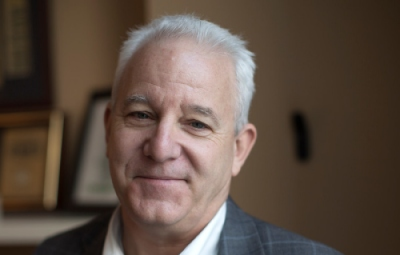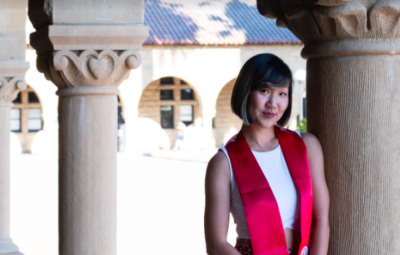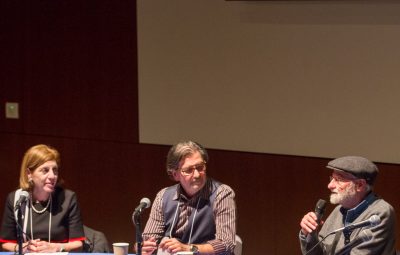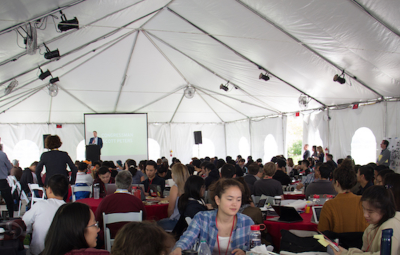Read the article below Michael Meyer’s presentation below or skip ahead to the bottom for audio of the entire presentation.
The Design Lab’s Michael Meyer recently presented a talk on “Design-Driven Innovation: Building the Team, Building the Company” at the UC San Diego Ignite Conference. The annual Ignite conference hosted by UCSD Office of Innovation and Commercialization, brings together students, faculty, alumni and staff from universities in the greater CaliBaja area and includes startup teams; partner organizations; and regional entrepreneurs and experts. The one-day UCSD-based conference is dedicated to hands-on learning and engagement through thematic tracks with targeted breakout sessions, pitch competitions, a regional startup and resource fair, mentoring hours and networking events.
During his presentation, Meyer explained how design-driven companies use design thinking and qualitative research to support their business and customer base. As a result of using the design thinking process, design-driven businesses are able to capture vision, innovation and inspiration from their employees as a team to produce more thoughtful and insightful solutions and products.
Meyer referred to the “double diamond” model created by the UK Design Council, as where the design-thinking process exists. The double diamond shape outlines there is a divergence on what the problem is, followed by a convergence on what the problem really is, leading to a divergence on how to solve the problem and a convergence on what is the right solution. Meyer explained that while most businesses focus on the second half of the diamond model, the first part is critical to design thinking.
As an example of situation where a business benefitted from design thinking, Meyer described a recent scenario where a company employed a design thinking team to address a major plummet in candy bar sales. While most of the company executives assumed that their loss in sales was due to an increase in competitor granola bar sales and their healthy appeal, the design-thinking team decided to look at the issue holistically. As a result, the company avoided a major pitfall. The design team found that the loss in sales had nothing to do with healthier food choices. Instead, they found that drivers were no longer eating as much on their ride to work and more often talking on the phone. So instead of choosing to hold a granola bar or candy bar, they were choosing to hold mobile phones. And so the design thinking team began to assist the company in finding ways to keep drivers entertained the way a mobile phone does.
While highlighting the importance of design thinking, Meyer also noted that the design-thinking process falls a little bit short because it overlooks the need for practitioner expertise and intuition to help plan and guide businesses. He stressed that design thinking tends to minimize the role of design in the rest of the enterprise and downplays the complexity of company culture. On the other hand, he also noted that design-driven companies have transformed their culture and their way of working by fully integrating design mindsets and skillsets into their organization. In sum, Meyer explained that as a result of applying the design-thinking process, design driven companies are more (1) diverse, (2) individually high-performing, (3) inclusive and collaborative, and (4) connected across the enterprise.

To listen to the whole presentation go here:






